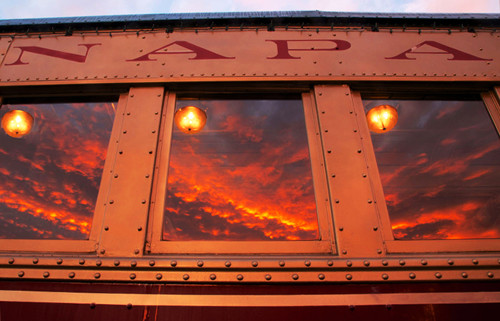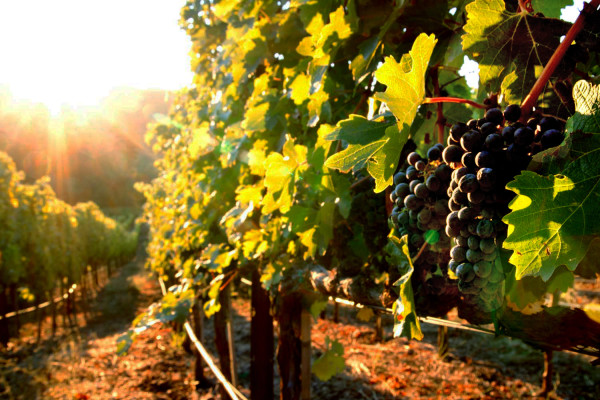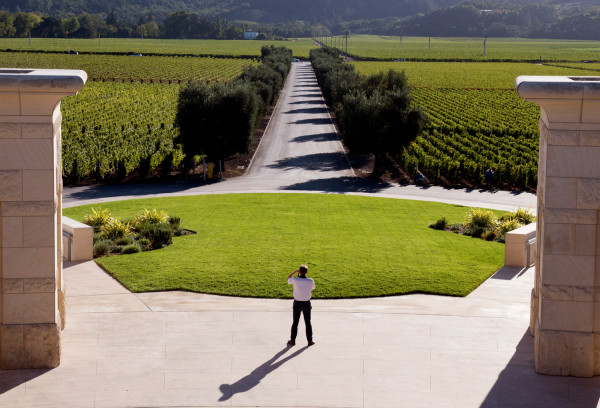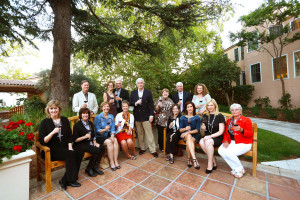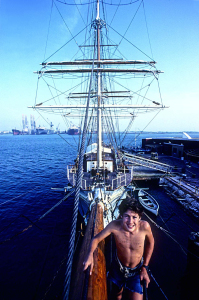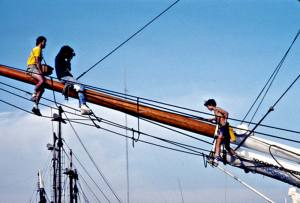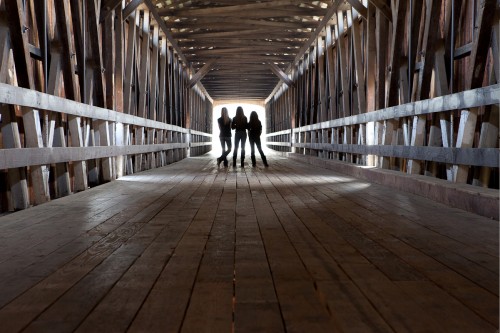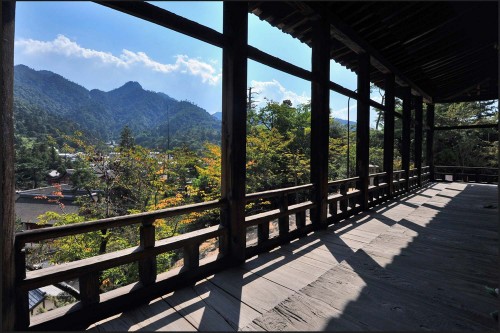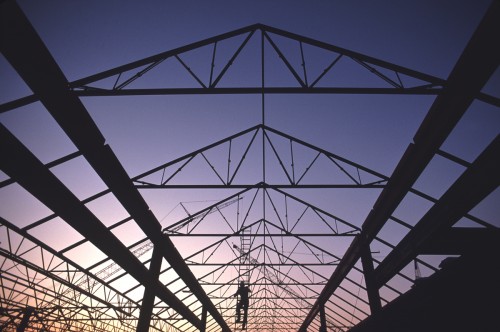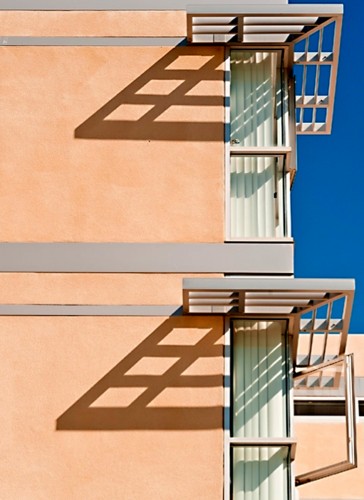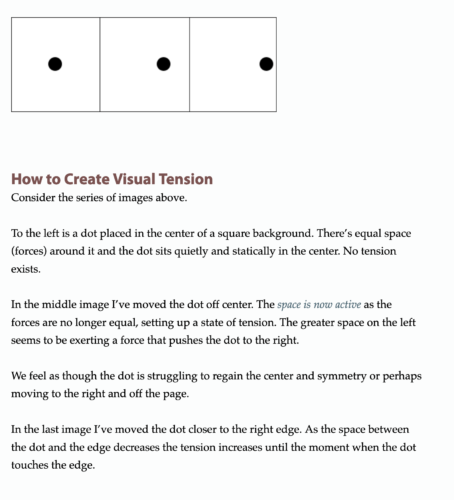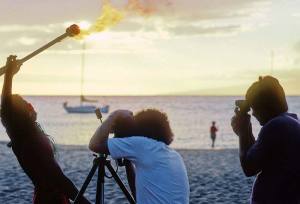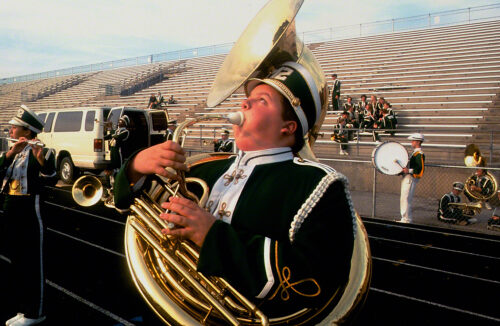I was going through some of my videos and came upon this one. It gave me so many great memories that I wanted to share it with you. It was a workshop I did years ago in Sonoma and Napa Valley. I have to say that it was one of the best experiences I’ve had teaching. I had a full class and all of them were good photographers, which made it even more fun when it came to the classroom critiques. Every day I looked forward to seeing everyone’s photos and I was never disappointed.
Some of the class had taken my online course with the BPSOP and wanted to actually shoot with me, and some had taken other “Stretching Your Frame of Mind” workshops and wanted to shoot with me again. Since I rarely shoot myself, I spend all the time walking around to see what others are doing. I’ll offer advice or talk to them about what they’re thinking, give them different ideas, and suggest alternate points of view.
Russ and Pat Johnson, who live in Sonoma, had taken one of my workshops and since I had always wanted to do this workshop I had asked Pat if she would be willing to produce it for me. She agreed, and we virtually spend a year putting it together with Pat doing all the legwork and making contact with the vineyards. We shot at several of the top vineyards in Napa and Sonoma and they were gracious enough to give us a private tour and wine tasting before and after the shoots for the class. Pat also arranged for this years farewell dinner that was hosted by the Michelin rated Sante’ Restaurant in the fabulous Fairmont Sonoma Mission Hotel. It was a perfect ending to a memorable week.
I had a very hard time picking the photos for this post, as there were at least twice as many as I’ve shown here. For the first time I had a photographer who just happened to be Russ Johnson who is also a videographer, create a short film on the workshop. It will give you an idea and show the flavor of what goes on in one of my workshops.
Here’s just some of the images shot during the five days. Enjoy the show!!!
Visit my website at: www.joebaraban.com, and follow me on Instagram: www.instagram.com/barabanjoe. Be sure to watch for my workshop schedule at the top of this blog. Cone shoot with me sometime.
JoeB
